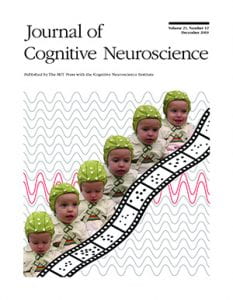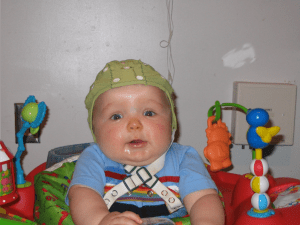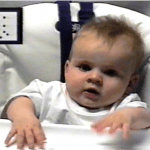Our Research
Current Research Projects
Ordinality
Studying how children 5 – 7 years old learn to put numbers in order from least to greatest.
Approximate Multiplication
Investigating how children use the approximate number system to multiply before formal multiplication education
Space and Number
Using a fun search task with preschoolers to study how the representation of a number is spatially organized.
A Novel Numerical Illusion
Studying the effect of stimulus coherence on perceived numerosity of the stimulus in adults.
Research with preschoolers and school aged children
In one set of studies we have found that preschoolers who play approximate addition and subtraction games with dots perform better on tests of early mathematical achievement than preschoolers given similar memory games. In other studies, we have found that even before children learn about division in school they can perform approximate division with dot arrays. Our studies are conducted in local preschools and elementary schools, museums, and in our lab at The University of Pennsylvania.
Example publications:
Cantlon, Safford, and Brannon, 2010
Park, Bermudez, Roberts, and Brannon, 2016
Starr, DeWind, and Brannon, 2017

Brain Studies
We use brain imaging techniques to understand how adults and children represent number. In a recent study using functional imaging with college students, we found that nonsymbolic and symbolic arithmetic showed more neural similarity in brain activation than control tasks.
Example publications:
Cantlon et al., 2006
DeWind et al., 2019
Bugden, Woldorff, and Brannon, 2018
Park, DeWind, and Brannon, 2017

Nonhuman Primate Research
The Brannon Lab continues to investigate the quantitative capacities of nonhuman primates. Currently Postdoctoral associate Dr. Rosa Rugani is exploring the relationship between space and number in rhesus macaques.
Example publications:
Brannon and Terrace, 1998
Cantlon and Brannon, 2017
Jordan MacLean and Brannon, 2008
Drucker, Rossa, and Brannon, 2016

Infant Research
We explore the quantitative capacities of human infants in the first year of life using a variety of methods. In come studies, we measure how long infants look at different images while they are seated in a highchair in front of a stage. In other studies we have found that 6-month-old babies prefer to look at streams of images that change in number than streams of images that change in surface area.
Example publications:
Cordes & Brannon 2009
Libertus et al., 2014
Brannon, 2002







